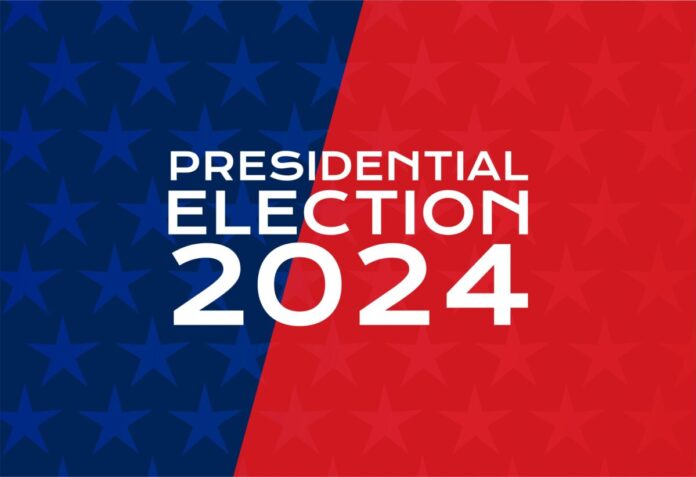If HR leaders were concerned about political rhetoric in the workplace leading up to the presidential election, the events of this past weekend likely ratcheted up those worries tremendously. And for good reason, experts say.
After a historic assassination attempt on former President Donald Trump on Saturday, an already divisive political climate reached new heights of tension. With many Americans returning to work today, few workplaces are likely to be immune from the impact.
HRE spoke with several HR experts about actionable strategies HR should deploy this week to de-escalate growing political tension and conflict in the workplace following the Trump shooting.
Here’s what they had to say, in their own words:

Josh Bersin
The Josh Bersin Co.; Founder and CEO
Great companies build a culture of respect, listening and trust. While everyone has their own political opinion, great leaders calm their teams by role-modeling these values.
While the political system seems to thrive on conflict and argument, at work we are all on the same team, and our mission is to help our customers, stakeholders, teammates and communities.
I would simply remember these lessons in complex political times like today.

Karan Singh
Headspace; Chief people officer, COO
While the relationship between election season and stress is not new, we are faced with a unique moment in which election stress has now also been compounded by the stress and fear that comes with gun violence—particularly violence against a former president. These events also come shortly after the U.S. Surgeon General declared gun violence a public health crisis. I hope to see more employers acknowledge this event internally and other major events leading up to the election, as we simply cannot ignore the reality of what we are collectively experiencing.
HR leaders should expect and prepare for potential dips in productivity and more distractedness through this election season. I encourage HR leaders to manage this with grace, empathy and understanding, by over-communicating about mental health benefits, encouraging mental health days and fostering safe spaces for discussion.

Sue Pahl
The Workplace Trauma Center; President
Pahl offered this template for HR leaders to send to the workforce this week:
Good morning,
We hope your weekend included some fun and relaxation.
We are aware that the recent assassination attempt on former President Trump may impact many of us on a deeply personal level, regardless of our political beliefs.
In an effort to continue building a culture of safety and acceptance, cohesion and professionalism at (Name of Organization), we ask that each person be aware of how your conversation may impact your colleagues around you. Others may now perceive comments that may have previously seemed benign as inflammatory.
We in HR continue to have an open-door policy. If you have any concerns or questions, please don’t hesitate to contact one of us.
If applicable, add this paragraph:
In addition, we have attached the contact information for (EAP name), our Employee Assistance Program. The EAP has many resources, including webcasts and counseling services, to help manage chronic and acute stress in any area of life. As always, these resources and support are free and confidential to eligible employees. (Include any information for on-site resources as well.)

Peter Cappelli
The Wharton School of Business at the University of Pennsylvania; Professor of management, director of the Center for Human Resources
It’s a good moment to say something positive about the importance of bringing down the temperature in political discussions. No one sensible is going to say that this shooting was a good thing, so it is something about which we can agree.

Richard Ottenstein
The Workplace Trauma Center, CEO
Leadership should be aware of the laws that impact an organization’s ability to restrict or limit what employees can say. That varies depending on whether it’s a federal agency or a private organization. Be aware of those laws so the employer doesn’t cross lines that could be a problem later.
The second thing is for managers to listen carefully to what’s happening in the workplace, to look for signs of conflict and signs for escalating issues. They need to address them as soon as possible.
Lastly, an organization needs to have policies about political activity within the workplace. These policies should cover everything from dress codes to what an employee can or can’t say or do, and they should coincide with federal and local laws.

Craig Gundry
Critical Intervention Services; Vice president of special projects, security consultant on workplace violence
An organization needs to be as clearly apolitical as possible in terms of the tone and the manner in which it deals with its employee body. Some workforces may have a culture that leans one direction or another. But in many large workplaces, we may have a lot of employees that represent all different sides of the political spectrum. And that’s where we’re most likely going to have internal employee conflicts.
As a result of any kind of conflicts or any kind of threats, the workplace needs to be handled in a data-objective manner that does not display any bias towards one of those positions. Otherwise, we end up potentially stoking problems more effectively than we solve them.
As another issue that is more of a long-term matter, I strongly recommend that all workplaces implement an effective workplace violence prevention and mitigation strategy. And for that purpose, larger organizations may wish to consider the framework established by Asis International in the form of WVPI-2020-AA, an Asis-accredited standard. It goes through the different elements of an effective workplace violence prevention program, beginning with proactive policy measures through having a threat assessment plan and management program in place, as well as effective preparations to deal with physical acts of violence in the workplace, including active-shooter violence.



